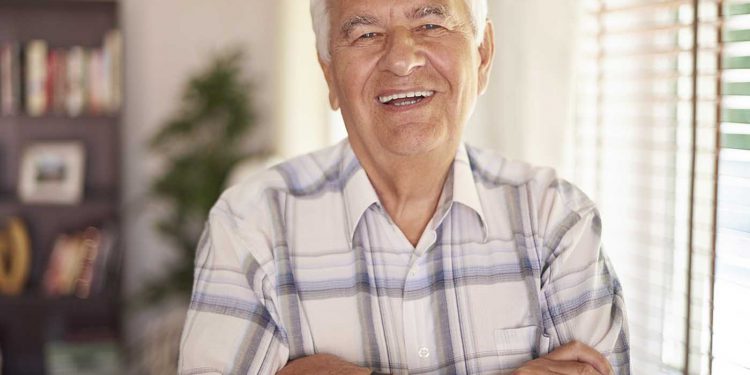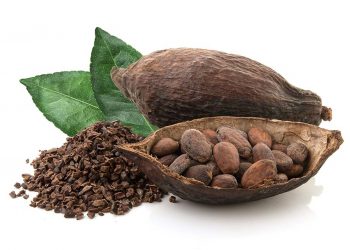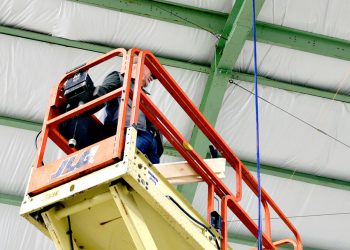What is your role at The Australian and what does an average day look like?
I’m the National Chief of Staff, and it’s my role to drive the news agenda throughout the day. I’m part of a team that helps identify, prioritise, shape and deliver the news stories that appear in The Australian each morning. The Australian has a bureau in every state, and the national newsdesk is the focal point of the paper.
My day starts early with a round of morning radio both national and local; then onto the papers. I read three before I arrive at work, and I scan three or four more when I get to my desk. I receive several online newsletters, mostly political gossip and news, and I read several news websites each morning. Working the bureau chiefs and my colleagues on the newsdesk, we’ll start making calls and sending emails early to make sure that we’ve covered breaking news events.
All of this is done in preparation for morning news conference, where we start building the day’s newspaper. My colleague, Petra Rees, who starts earlier than me, produces a morning news list that sets out our priorities for the day. We present this information to the senior editors on the paper who discuss how to enhance and build on it. We then dispatch reporters and chase stories until we meet again for afternoon news conference, where I produce a second newslist that sets out our ambitions for page one, identifying candidates for a splash, a page-one picture and the other elements that make up a front page. The editor makes their decisions and we then move towards our 6pm page-one deadline, where we get a look at the stories. After that we have two hours to polish the copy for deadline at 8.30pm.
How does your role at The Australian help deliver the news?
My main role is to identify stories and ensure we can deliver them. That might mean sending a reporter to the outback for a few days or making sure that we’ve got a journalist at the right press conference or court case.
After that, it’s about prioritising the stories we have. All of this is done through consultation with colleagues, not in isolation. It’s amazing how often a great story is just sitting under someone’s nose. By talking to the bureau chiefs, who are effectively state editors, and with other members of the news teams we seek to maximise the stories that we have.
What is the structure of the team you work in and how do you work together?
The Australian newspaper has bureaus in Canberra, Brisbane, Sydney, Melbourne, Adelaide, Perth, Hobart and Cairns. We have a string of foreign correspondents and numerous specialist sections, business, IT, Sport, Media, Property. The news stories they produce all come to the national newsdesk, where my colleague Petra Rees and I receive this mass of information. It’s our job to talk to the bureau chiefs and the reporters about its news value and how best to present it in the paper. We report to the editors who make the final decisions about the paper.
How do you work with other people/teams at The Australian to create compelling content?
Good ideas can come from anywhere, so a key part of this job is being able to listen. But the main thing is not to lose sight of the priorities of the paper. We’re news focused, so we want compelling stories that tell people something they didn’t know. A great story for The Australian is one that plays out nationally; it’s a story that resonates as strongly with someone in Fremantle as in Sydney.
What is your proudest achievement during your time at The Australian with relation to making the news?
The Australian has a remarkable commitment to covering stories that happen outside of the urban centres, we’ve produced some incredible photos and stories by getting news teams out of the cities and into the regions and the outback. We cover stories from Cape York, Christmas Island and the Kimberley. It’s the unique contribution of a truly national newspaper.
On a personal level, our coverage of the Christmas Island boat tragedy was important to me. This was one of the nation’s worst tragedies and we committed an enormous amount of resources to bringing the human stories into the public eye. We continue to look at what contributed to the tragedy on Christmas Island and whether the government has got its policy setting right to stop it happening again.
How would you define ‘quality journalism’?
Quality journalism is relevant, clear and brave. Quality journalism should tell you stuff that you didn’t know, that you really should know. It should have integrity, not be debunked the next day, and it should be prepared to scrutinise institutions, people and places who for whatever reason have avoided scrutiny in the past.
Why do you think quality journalism is important to Australians?
Information with integrity is more important than ever. We’re surrounded by material on multiple media platforms and we want information that we can rely on and trust. Government and corporations have become experts at manipulating the media; we need quality journalism to cut through the spin.
How do you think the articles you write benefit Australians?
Hopefully every edition of The Australian we produce has a number of articles that inform, energise or entertain people. Our role is to make people think.
How do you see the industry progressing and what are your hopes for the future?
We’re moving into exciting new areas of publishing and sharing of information; it’s in fact a publishing revolution. Today, everybody can be published. Today almost everybody can access mountains of information. We’re not just publishing a product that people read any more, they’re interacting with our products directly. Readers comment and blog on our websites. They download applications and videos and receive emails directly into their inbox.
Our challenge is to maximise the potential of these new technological changes and maintain the same core values that made the newspaper a success.













